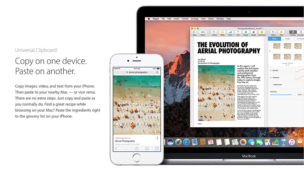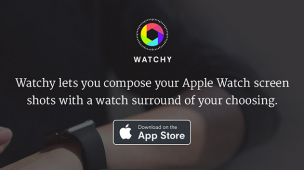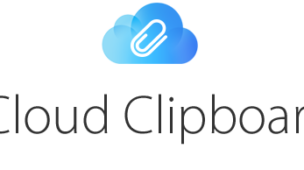I updated to iOS8 yesterday. Several weeks prior I had deleted the Apple Podcast app from my device; previously an optional download in iOS7. But since the release of Marco Arment’s much superior Overcast app I had fully migrated and decided to remove the Apple Podcast app from my device to save space & duplication of downloaded podcasts, along with the many GB of podcast data held within.
![]()
Upon upgrading to iOS8 it appears Apple have made the podcast app a mandatory app, meaning it is installed for everyone and cannot be deleted. This is indeed great for podcasting and will surely encourage legions of new users to discover podcasts who never have before. However I still use iTunes as my desktop podcasting client (admittedly less than I used to – relying more and more on my mobile device) and I subscribe to over 50 podcasts, some of which are video. Because of this and thanks to iTunes cloud sync, when I updated to iOS8 the podcast app was reinstalled on my phone and began downloading over 6gb of recent episodes from my subscriptions in iTunes.
To circumvent this you need to enter the option panel for the podcast app in ‘Settings’ and disable syncing, then inside the podcast app manually ‘edit’ the podcast list then swipe then tap to delete every one of the 50+ podcasts in my list, one-by-one. Suffice to say this takes a while.


Admittedly an edge case, but a good number of users probably still use iTunes to listen on desktop and another client on their iPhone meaning this was an unnecessary move to make. Seeing as this was made a mandatory app for everyone updating, a simple ‘Would you like to sync your podcasts with your Apple ID?’ prompt when first opening the podcast app for users you did not have it previously installed and have podcast subscriptions on said account would have saved me a very annoying process and subsequent ‘out of storage’ notifications that followed on my device.
Otherwise been a pretty smooth transition to iOS 8 and generally impressed and pleased with the improvements so far. Bring on continuity and hand-off with Yosemite.


